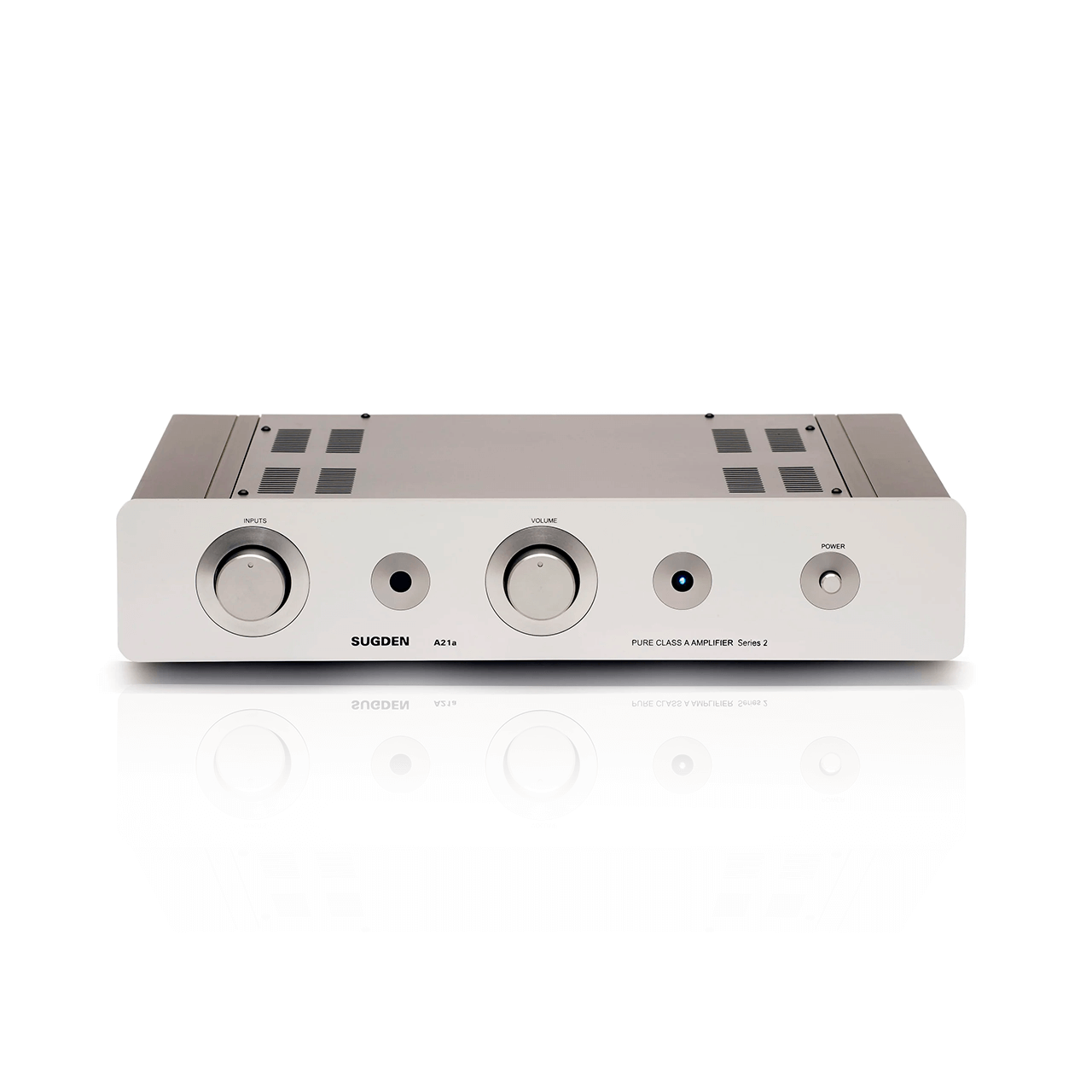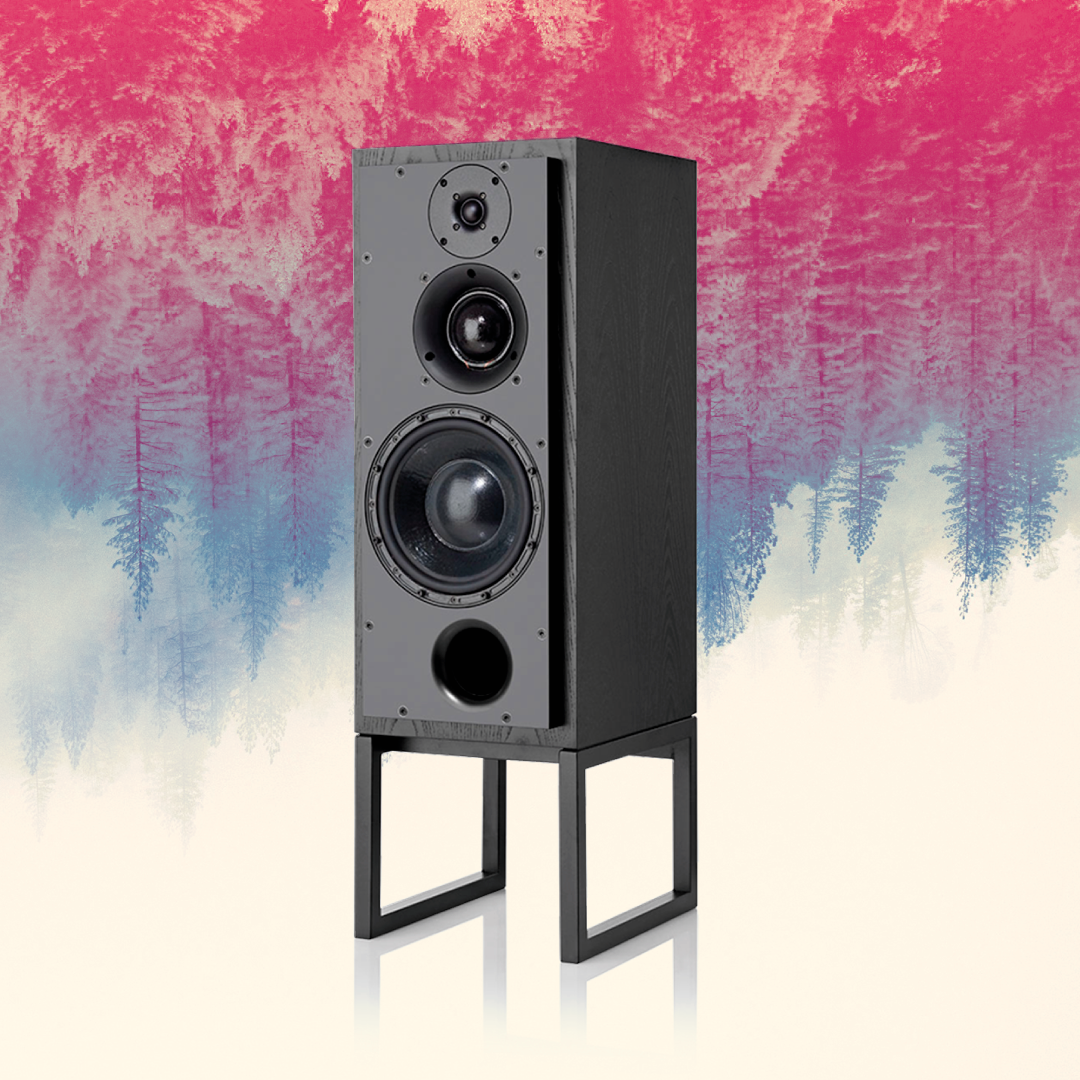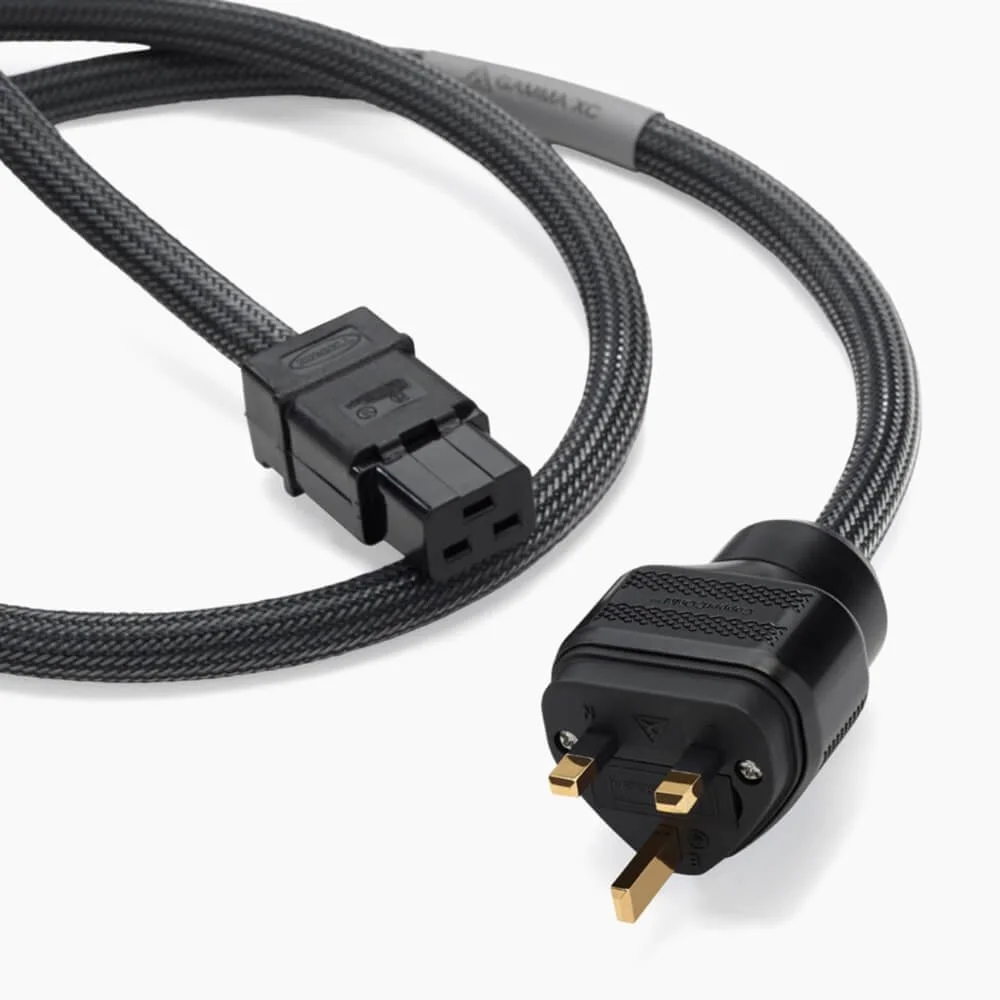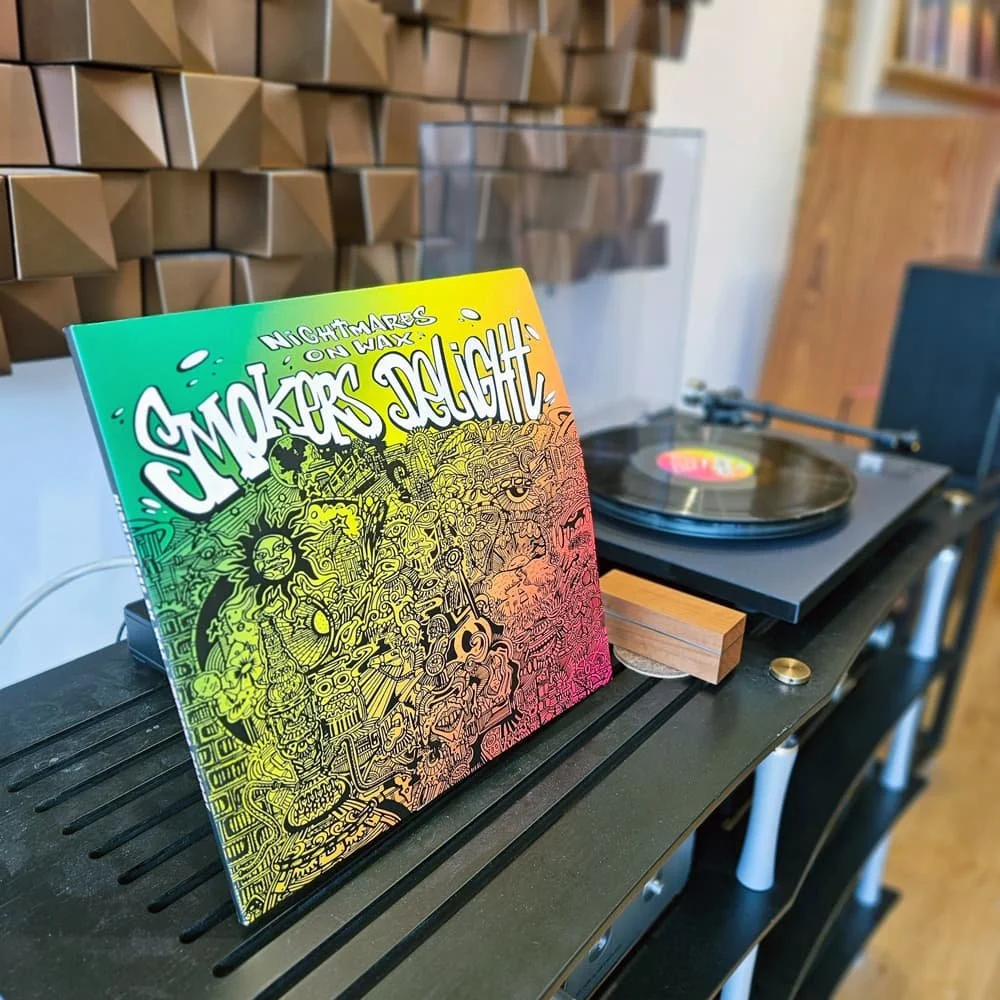How to optimise your hi-fi - a set-up tutorial
Set-up is the way a sound system is put together. You can buy a turntable, amp and speakers, plonk them down, connect up the wires and with luck it will play your music. But there is a lot to be said for setting up the system in such a way that it will deliver optimum performance. In fact if you are buying decent equipment, it would be crazy not to take a little time in placing & connecting them in such a way that you get the maximum sound quality.
This guide is designed to let newcomers and old hands optimise their sound system’s performance and was written by someone who has spent far too long doing just that with a wide range of audio components. It should help you understand both the basics and the finer points of the reasonably scientific sometimes artful and occasionally arcane pursuit of great sound so that your music sounds as good as it can.
“...it would be crazy not to take a little time in placing and connecting hi-fi components in such a way that you get the maximum sound quality.”
Core components
Essential hi-fi components explained
A hi-fi system consists of various components, sometimes several elements are combined in a single box such as a streaming amplifier, but likewise they can be broken down into an amplifier and a separate power supply. The following are the building blocks of any system.
The Source is the device that extracts the signal from the vinyl record, the CD or the network stream. In many respects, it is the most important element in a system, if the source doesn’t produce the signal faithfully nothing downstream can recreate it. So, whether it’s a turntable, CD player or streamer its role is to deliver as much detail in as coherent a form as possible regardless of the medium.
“...if the source doesn’t produce the signal faithfully nothing downstream can recreate it”
Linn LP12 Majik Complete Turntable - with Gloss Teal finish
dSC LINA DACX - High-Res Music Streaming
The Amplifier is generally what controls and drives the signal, it’s where you choose between sources and it powers the loudspeakers. Amplifiers come in one or more boxes, the controlling preamplifier element is often separated from the power amplifier which drives the loudspeakers. More power doesn’t necessarily mean better sound, what’s important is that the amplifier matches the loudspeaker, that it has enough power and characteristics that balance the speaker. It’s an area where the expertise of a good dealer is invaluable.
“More power doesn’t necessarily mean better sound...”
Speakers are what turn the signal into sound, they are often seen as the key to great sound because speakers are in many respects the weakest link in the system chain. They come in a wide variety of shapes and sizes but the basic options are bookshelf types that are best placed on stands, and floorstanding speakers that do what it says on the tin. Some speakers have amplifiers built in which can make for a more powerful sound while most rely on a separate amp.
None of these components would work if they weren’t connected with cables. These are more important than many newcomers realise and it’s worth setting aside budget to purchase decent examples. The best kit in the world will not deliver if the cabling is compromised. Cables come in two basic varieties: interconnects that go between a source and amplifier, and speaker cables that connect the amp to the speakers.
Shunyata Gamma XC Power Cable - will elevate the performance of your hi-fi.
“The best kit in the world will not deliver if the cabling is compromised”
At Soundstage Hi-Fi we curate systems that combine all of these elements using the finest components available. The experience that we have gained working with brands including Wilson Audio, Dan D’Agostino, ATC and Linn mean that we know how to combine elements in order to produce systems whose performance exceeds expectations. Putting together great systems is our passion and we are confident that you will derive greater pleasure from your music as a result.
Where you put the speakers in a room has a fundamental impact on how good the system sounds. Optimal Speaker Placement sometimes takes a little time and experimentation but costs nothing and can elevate sound quality to a surprising degree.
“Optimal Speaker Placement ...costs nothing & can elevate sound quality to a surprising degree.”
A good starting point is to place the speakers at the corners of an equilateral triangle with your listening seat at the third point. This will give the system the best chance of creating a stereo Soundstage, a sense of three-dimensional instruments and voices between, behind and around the speakers. When you get this right it is truly magical.
“Place the speakers at the corners of an equilateral triangle with your listening seat at the third point.”
Optimum Speaker Placement
Walls reflect sound, especially bass, so the closer a speaker is to a wall the heavier the bass will be. Avoid putting speakers in corners or too close to the rear wall and you will get a cleaner, more open sound. This is an area where it’s worth trying different positions to find the optimum for your room.
“the closer a speaker is to a wall the heavier the bass will be”
Subwoofers are made to produce bass alone and for this reason their placement is as critical as the speakers themselves. Avoid room corners and proximity to walls, for best subwoofer integration place it between the speakers and carefully adjust levels so that it blends in rather than stands out.
The room effect
The room in which you place a sound system has a significant effect on the sound it produces, while a concert hall is designed to amplify instruments by the careful use of materials and shape the room you listen in should ideally have the minimum impact on the sound of a system.
Reflective surfaces such as windows, bare walls and wooden floors will cause the sound to bounce around the room and create a noisy, harsh effect especially at higher volumes. This makes it harder to hear what’s going on and to appreciate the recording as the artist intended. A studio control room is usually an acoustically dead place so that you only hear the sound from the speakers and not its reflections. That approach is a little extreme for the home but there are various things you can do to create a more even handed result.
Book and record shelves not only furnish a room but also disperse sound, soft furnishings such as carpets and sofas absorb midrange and higher frequencies and help to calm energy so that the music becomes more focused. Carpets and rugs are also highly beneficial because they stop sound being reflected off the floor.
Room size is not as critical as you might think, great sound can be achieved in virtually any room if care is taken with speaker set up. At Soundstage Hi-Fi we select the most appropriate speakers for the room, generally smaller speakers suit smaller rooms and one example that we always enjoy is the Wilson Audio TuneTot system. This is a genuine high-end loudspeaker from a premier brand but its compact size, advanced construction and precise sound mean that it will fill a small room with spellbinding music of any genre.
“Room size is not as critical as you might think, great sound can be achieved in virtually any room if care is taken with speaker set up. ”
When you have the system installed and set up for optimum results it pays to clean up the mains electricity that powers it. As electricity is the lifeblood of any source or amplifier, feeding unpolluted power to these components makes a significant difference to their performance potential.
The modern world is full of noise sources that filter back into the grid: the switched mode power supplies that are found in virtually all domestic appliances, phone chargers etc are a particular problem but not the only one.
That’s why we recommend customers use an audiophile-grade power distributor such as the Shunyata EverestX, this filters out the high-frequency noise on the mains and delivers a clean and stable supply to the electronics in a system.
Shunyata EverestX Power Distributor-clean, stable electricty supply to your hi-fi
“...feeding unpolluted power to these components makes a significant difference to their performance...”
System synergy: matching components for musicality
As mentioned above building a system that is better than the sum of its parts is both a science and an art. At Soundstage we spend many hours trying different combinations of equipment to find those that have a special synergy, these systems have the ability to communicate what each artist is really saying, they engage both the heart and the mind and make listening a very special experience.
Building such systems is a bit like making the perfect cake, the ingredients are one thing but the way they combine is what matters. Components often have a tonal character, a speaker might be a little bright and this will work best with an amp that balances it with a darker quality. Timing is another critical area when it comes to engagement, a system can seem overly forward if the timing isn’t spot on.
At the more technical end of the spectrum the amplifier needs to be able to control the load presented by the loudspeaker, which isn’t just about power rating. There is no such thing as too much power but often it makes sense to use an amp that balances the speaker rather than controls it with a rod of iron.
“...these systems have the ability to communicate what each artist is really saying,”
The aim of building a great sound system is to bring the music closer to you, or to put it another way, to bridge the gap between artist and listener. Music of any kind can be a fully immersive and extremely enjoyable pursuit if you have a system that is capable of getting out of the way and delivering in full effect.
This applies to any musical style, a good system will put the content first so that you get the maximum thrill power from the experience. It is why we at Soundstage do what we do, putting together systems that leave our customers with a broad smile and a desire to play more music. We can help you assemble a system that is perfect for your tastes and environment, one that lets you get closer to the soul of the performance and enhances life in no uncertain style.
Jason Kennedy is Editor of The Ear Magazine

















